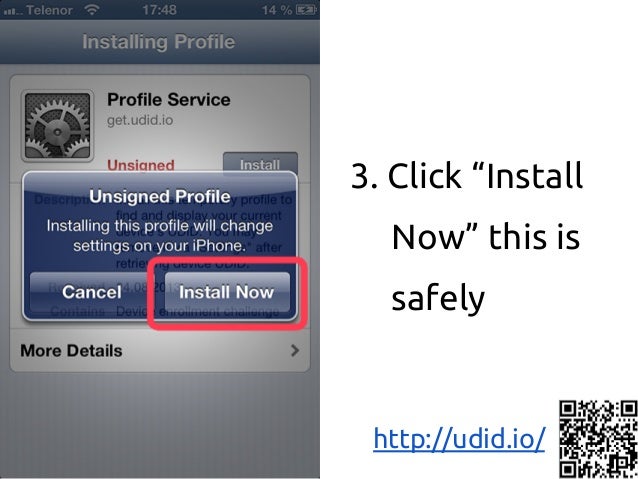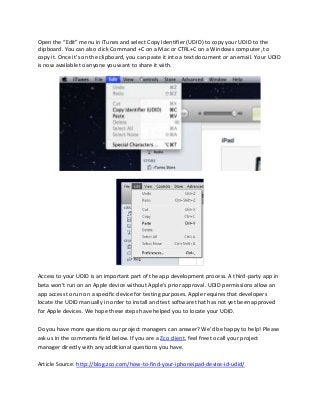

Ios-deploy is a small utility to install and debug iPhone apps from the command line, without using Xcode.

In terminal, enter the following: npm install -g authorize-ios Install ios-deploy You need this utility to run tests on real devices Install authorize-iosĪuthorize-ios is a little utility that pre-authorizes Instruments to run UIAutomation scripts against iOS devices. Once installed, Launch Xcode and select Xcode > Preferences > Components to install the simulators that you might want to test against. Launch the Mac AppStore and download/install Xcode. Press the ‘esc’ key and then type ‘:wq’ and press enter to save and quit vim. Press the ‘i’ key to enter insert mode then move the cursor to a new line and add the following 2 lines export JAVA_HOME= export PATH=$JAVA_HOME/bin:$PATH Type the following into terminal: vim ~/.bash_profile Next edit your bash_profile by editing it in vim editor. The terminal output should be along the lines of /Library/Java/JavaVirtualMachines/jdk1.8.0_171.jdk/Contents/Home To do so, first find the location of where the JDK was installed by entering the following into terminal: /usr/libexec/java_home -v Next, you’ll need to set JAVA_HOME in your. Then double click the JDK and follow through all the installation steps. In terminal, enter the following: (this command will install npm as well) brew install node Install JDK and set JAVA_HOMEĪs we’ll be writing our tests in Java, we need the Java Development Kit (JDK)ĭownload the JDK, jdk-8u181-macosx-圆4.dmg, from this link. We need these because Appium is a node application. Node is a javascript run-time environment and npm is the node package manager.

In terminal, enter the following: brew install carthage Install Node & NPM In our case, it is required by WebDriverAgent. Install CarthageĬarthage is a dependency manager. To install, follow the instructions on this page: This step will also install the Xcode Command Line Tools as part of the process. Homebrew is a package management software that will make it much simpler for us to install a few other software. Here’s a comprehensive list of everything you need on a fresh installation of OSX.

Following up from our previous post on automated testing on Android - Here’s the next post in our series! Part 1: Getting your environment setup with Appium and TestNG


 0 kommentar(er)
0 kommentar(er)
